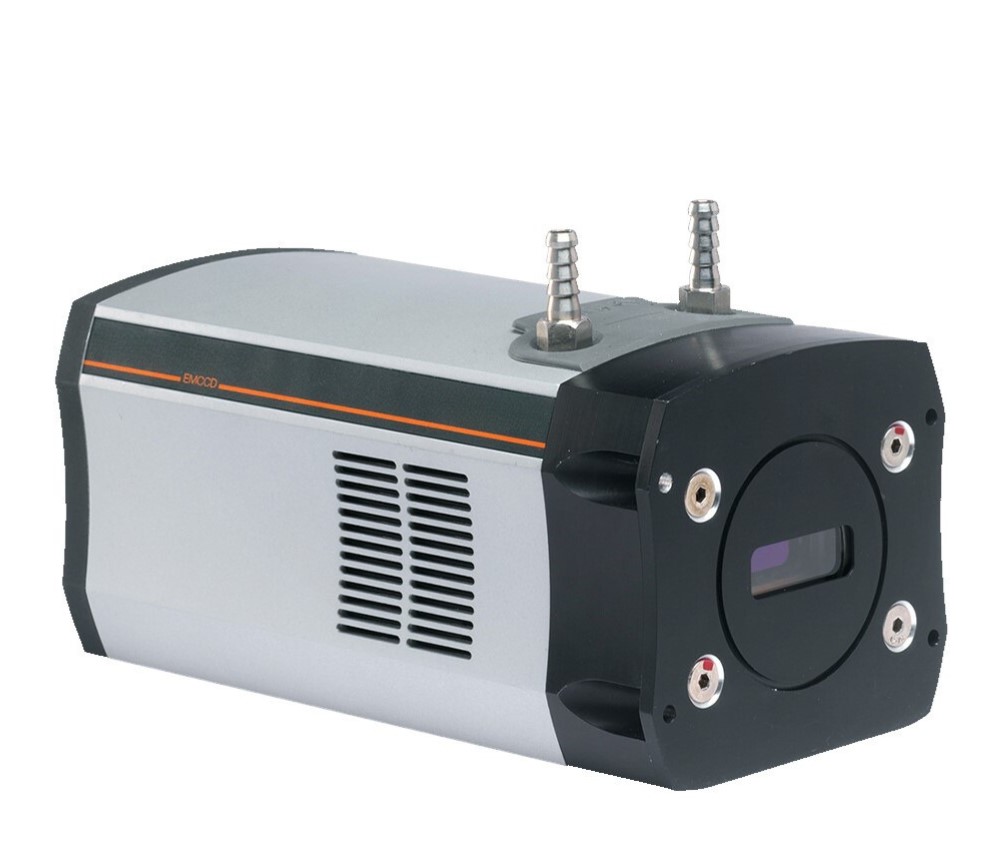 Part of the Oxford Instruments Group
Part of the Oxford Instruments Group
Expand
Collapse

Ultra-sensitive cameras with excellent quantum efficiencies in Oxford Instruments Raman systems ensure efficient detection of extremely faint Raman signals. A variety of high-performance detectors are available. Customers can select the ideal detector for their system depending on the required spectral range, resolution, sensitivity and quantum efficiency.
Discover the Andor Spectroscopy Cameras.
Front-Illuminated (FI) CCD camera
A front-illuminated CCD is characterized by a broad range of possible applications and wavelengths, generally oriented toward budget-conscious or basic experimental setups.
Back-Illuminated (BI) CCD camera
With a quantum efficiency of 95% or more, a back-illuminated CCD sets the industry standard for efficient Raman signal detection in the visible range. Compared to a front-illuminated CCD, they offer twice the quantum efficiency and are therefore suitable for precise and sensitive FAST RAMAN IMAGINGR at the highest lateral resolution. (UV-optimized versions are also available.)
Electron-Multiplying (EM) CCD camera
For sophisticated and leading-edge Raman applications, an EM CCD provides the most advanced readout capabilities for low light-level detection or ULTRA-FAST RAMAN IMAGING. Readout-speed can be as low as 760 µs per spectrum (1300 spectra/s) and dark currents as low as 0.0001 electrons/pixel per second.
Open Electrode (OE) CCD camera
The open electrode (OE) CCD is a front-illuminated camera that enables the acquisition of almost the entire spectral bandwidth and is specifically well-suited to measurements in the UV. In order to achieve state-of-the-art signal-to-noise ratios it features a low dark current and a multi-purpose camera functionality for various applications.
Low Dark-Current Deep Depletion CCD camera
Near-infrared (NIR) spectroscopic measurements of Raman and photoluminescence (PL) require specialized CCD detectors to prevent the spectral data from being influenced by “etaloning”, an effect that occurs when the Si-CCD chip materials become increasingly transparent to light at longer wavelengths. With the low dark-current deep depletion technology provided by this detector, critical NIR and PL experiments can be performed without signal loss.
InGaAs linear array detector
For scattering experiments above the Si-bandgap of approximately 1100 nm Oxford Instruments supplies state-of-the-art Indium-Gallium-Arsenide (InGaAs) linear array detectors allowing for spectral imaging in the IR (up to 1700 nm) with peak quantum efficiencies near 90%.
Learn morePlease fill in all data fields to ensure we can process your inquiry as quickly as possible.